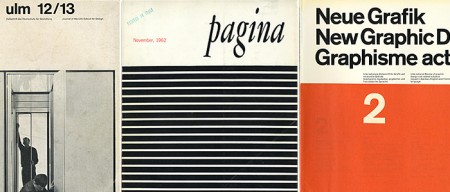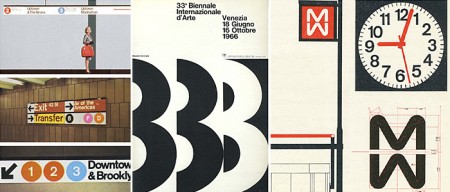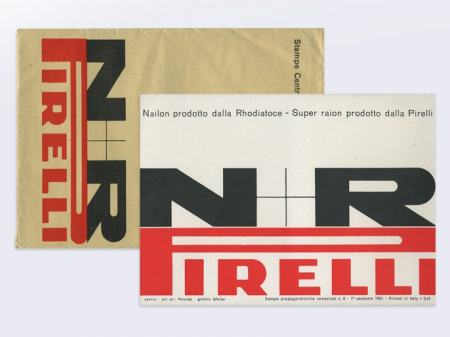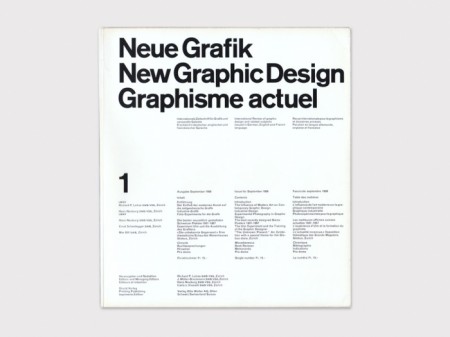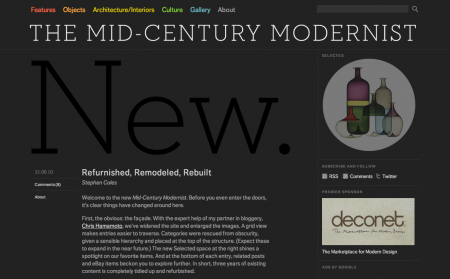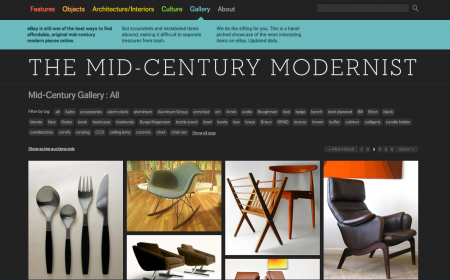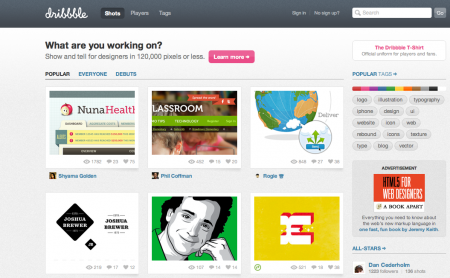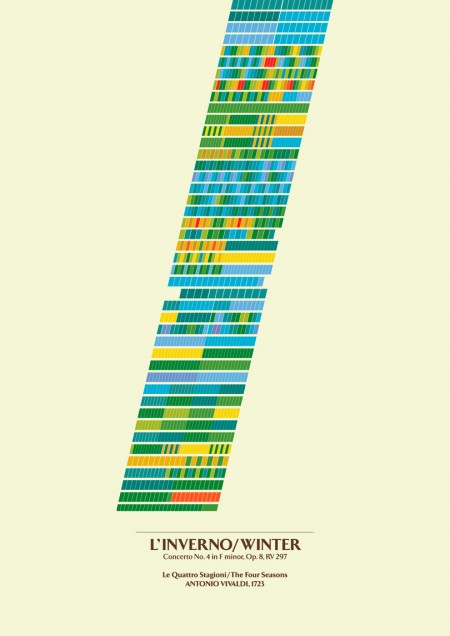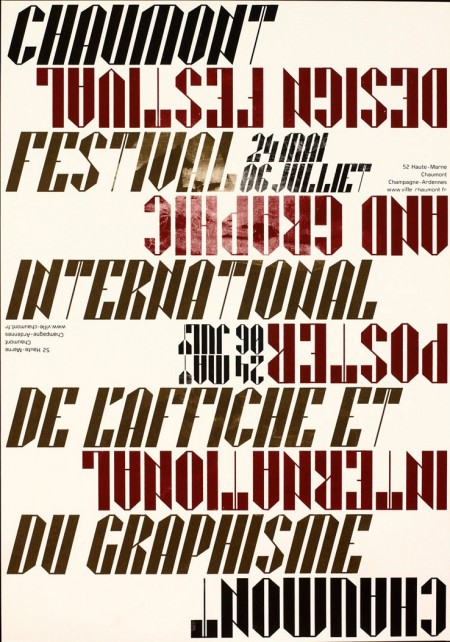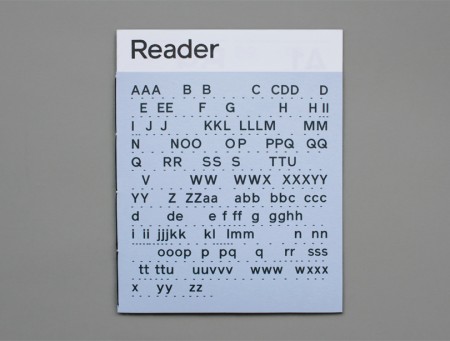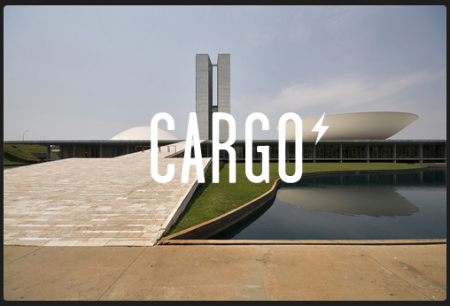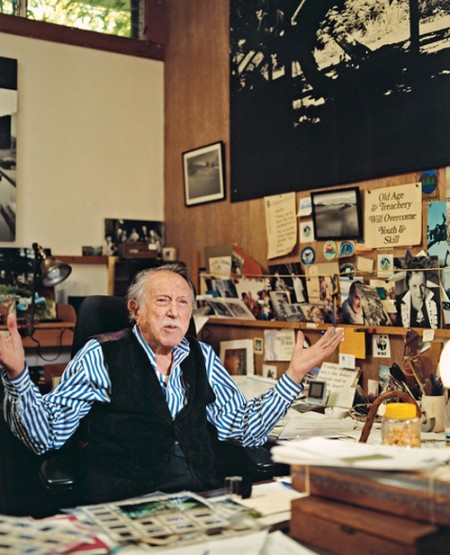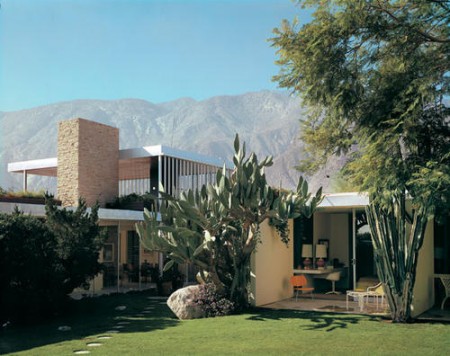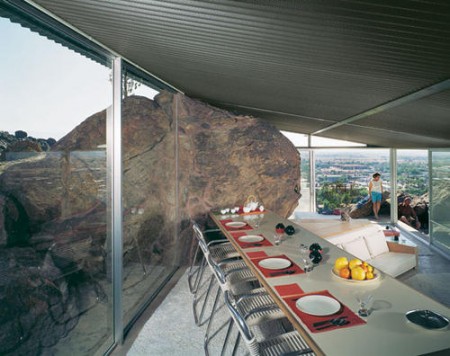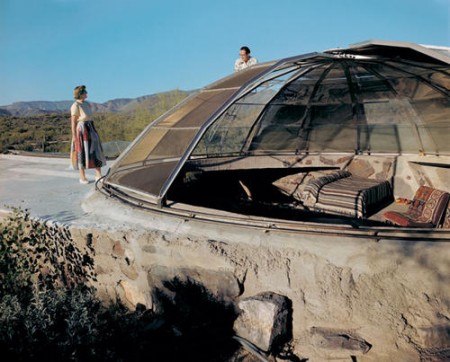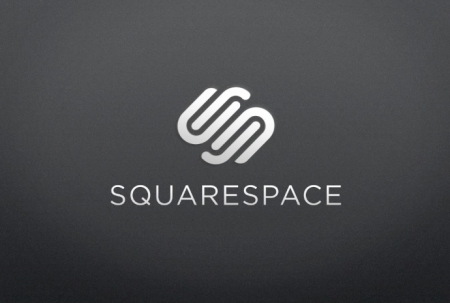
I’ve written posts on Content Management Systems before (Cargo Collective, Indexhibit) and I figured it was time to round out my overviews with a look at Squarespace. My personal site runs on Cargo, but I’ve built a few client sites with Squarespace and find it to be a really enjoyable and extremely easy way to design a website.
Squarespace is a fully hosted, completely managed environment for creating and maintaining a website, blog or portfolio. Since its inception, Squarespace has blossomed into a product that powers tens of thousands of sophisticated websites for businesses, bloggers, and professionals worldwide and currently serves hundreds of millions of hits per month.
-Building a site with Squarespace is very intuitive. You can easily go through the whole process without ever catching a glimpse of any code. Like Cargo, if you know even the slightest bit of HTML/CSS you can easily tweak the site to look unique and not easily identifiable as a Squarespace template etc. The basic design view allows you to edit everything in real-time; so if you change the point size of the “body copy”, you will see it update immediately after you slide the little font-size slider. Feels a lot like Firebug in this way, except you aren’t manipulating code, you are manipulating clearly laid out values for all of the page elements. You just have to remember to hit “save changes” after every change you make. I constantly forget to do this.
– Fully functional blog platform. Like many CMS sites, Squarespace works really well as a blog or portfolio site. It’s very easy to post entries, edit old ones, etc, everything you would expect. Once you have the design of your site locked in, it’s just as easy to maintain and update as it was to build. The interface for blog editing can feel a little clunky sometimes, though I think this is because I’m used to WordPress where each open entry gets its own page. Squarespace editing happens as an overlay to the page which feels slower (whether it actually is or not I don’t know).
– The backend of a Squarespace is very well done. Not only do you have access to just about every statistic you could hope for, you are also able to edit some of the more tricky part of your site design. Things like search engine parameters, meta data, and security permissions are all easily editable. It also looks nice, which is a plus.
– Helpful forum. I’ve had many issues (usually due to my own failings with attempts to customize my weird CSS) which I’ve posted to the forum and in each case, the problem has been solved quickly and correctly. I’m always pleasantly surprised.
– They have a slick iPhone app that allows you to post blog entries and check out site statistics (among other things) on the go. And it’s free!
– One important difference to note is cost. Many CMS platforms are free, Squarespace is not. They have a simple pricing structure, but like many sites, the cheaper options are essentially useless. For example, any option where you can’t use a custom URL is immediately off the table in my mind. I’ve found the “Business” option to be the most useful (the form builder is the main reason for this). The crucial thing to note is that Squarespace is hosting your site, so you’re not just paying for the CMS, you’re also getting server space. When you look at it like that, it’s a lot easier to justify a monthly charge. (Of course, you will also have to pay for domain name registration elsewhere. Kind of annoying to have to split this up.)
As I mentioned, I’ve built a few sites with Squarespace. The most recent of which I hoped would be finished in time for this article, but unfortunately we are waiting on some of the final content to come through before launching. The one I will mention instead is aeolas.net, the website for the fake/real aeronautical research firm Aeolas International.
Basically I needed a quick site that could host a blog and quickly display information about the company. The construction of this particular site took about 6 hours. I attribute the speed of the creation to the ease of the Squarespace interface (as well as low page count and small amount of total content). I didn’t move terribly far from the initial template, but I felt like I was able to give the site a unique feel. The most fun aspect has been the contact form; I would have had no idea how to actually make one of these with code. The fact that I could just insert it into the site with the click of a button was pretty cool.
There were some hiccups here and there early on, but nothing too frustrating. The need to ‘save changes’ after every alteration you make can get pretty annoying, but you get used to it after a while. Usually if I had an issue, it was because I was trying to do something either A) impossible or B) the completely wrong way.
I’d highly suggest taking Squarespace for a spin. They offer a free 14 day trial, so at least get in there and muck around. Take the tour here.

